Growing Avocado From Seed

Growing an avocado plant from a seed is a fun and rewarding project that can be done easily with a little bit of patience and attention. Avocado plants are native to Central America and Mexico and are now grown in many other parts of the world, including the United States.
To start, you will need to obtain an avocado seed. This can be done by either saving the seed from a store-bought avocado or by purchasing avocado seeds online or from a local nursery. Once you have the seed, gently wash off any remaining fruit flesh and dry it off.
Next, you will need to prepare the seed for planting. Using three toothpicks, stick them into the side of the seed at equal distances apart, about halfway up the seed. The toothpicks will help suspend the seed in water while it sprouts. Place the seed in a glass or jar filled with water, with the toothpicks resting on the rim of the glass or jar. The bottom half of the seed should be submerged in the water, and the top half should be above the waterline.
Change the water every few days, and keep the seed in a warm, sunny location. In a few weeks, the seed will begin to sprout, and you will see roots growing out of the bottom and a stem growing out of the top.
Once the stem has grown to around six inches, you can plant the avocado seed in soil. Choose a pot with drainage holes and fill it with a rich, well-draining soil mixture. Plant the seed with the top half above the soil line, and water it regularly.
With proper care and attention, your avocado seedling will continue to grow and eventually develop into a mature avocado tree that can bear fruit in a few years. Remember to give your avocado plant plenty of sunshine, water, and fertilizer, and enjoy watching it grow.
Easy Way To Grow An Avocado Seed
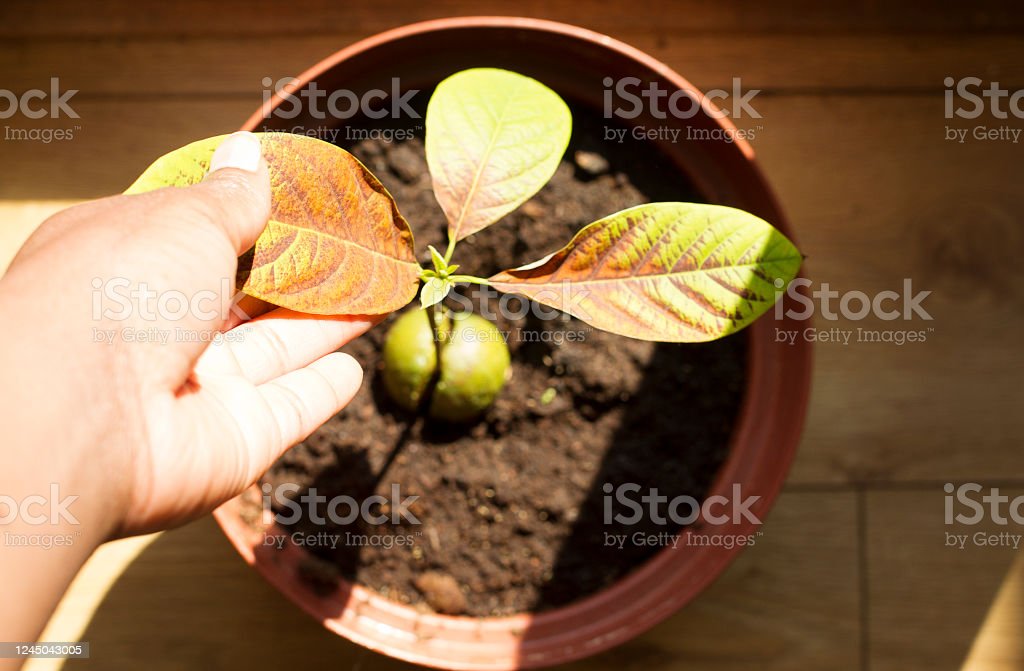
Growing an avocado seed is relatively easy and can be done with a few simple steps. Here’s an easy way to grow an avocado seed:
- Remove the seed from the avocado: Cut the avocado in half lengthwise and gently remove the seed from the flesh using a spoon. Be careful not to damage the seed.
- Clean the seed: Wash the seed with water to remove any remaining flesh or debris. Be gentle not to remove the brown skin.
- Prepare the seed: Using toothpicks, stick them into the side of the seed at equal distances apart, about halfway up the seed. This will help suspend the seed in water while it sprouts.
- Place the seed in water: Fill a glass with water and place the seed in it. The toothpicks should rest on the rim of the glass, and the bottom half of the seed should be submerged in the water. Keep the seed in a warm, sunny location.
- Change the water: Change the water every few days to prevent mold and bacteria from forming. Be careful not to damage the delicate roots.
- Wait for the seed to sprout: In a few weeks, you will see roots growing out of the bottom and a stem growing out of the top.
- Plant the seed: Once the stem has grown to around six inches, you can plant the avocado seed in soil. Choose a pot with drainage holes and fill it with a rich, well-draining soil mixture. Plant the seed with the top half above the soil line, and water it regularly.
- Care for the plant: Give the avocado plant plenty of sunshine, water, and fertilizer. Trim the top leaves to encourage more branching and growth.
Planting The Avocado Seed In Water

- Prepare the seed: Follow the steps to prepare the avocado seed for planting.
- Fill a glass with water: Fill a glass or jar with enough water to cover the bottom half of the seed.
- Insert toothpicks: Insert three to four toothpicks around the middle of the seed, spaced evenly apart. The toothpicks should be inserted at a slight angle to prevent the seed from sinking to the bottom of the glass.
- Suspend the seed in the water: Place the avocado seed into the water, with the toothpicks resting on the rim of the glass. The bottom half of the seed should be submerged in the water.
- Place the glass in a warm, sunny location: Avocado seeds need warmth and sunlight to germinate. Place the glass in a warm, sunny location, such as a windowsill.
- Change the water: Change the water every few days to prevent mold and bacteria from forming.
- Wait for the seed to sprout: In a few weeks, you should see roots growing out of the bottom of the seed and a stem growing out of the top.
Avocado Plant Care
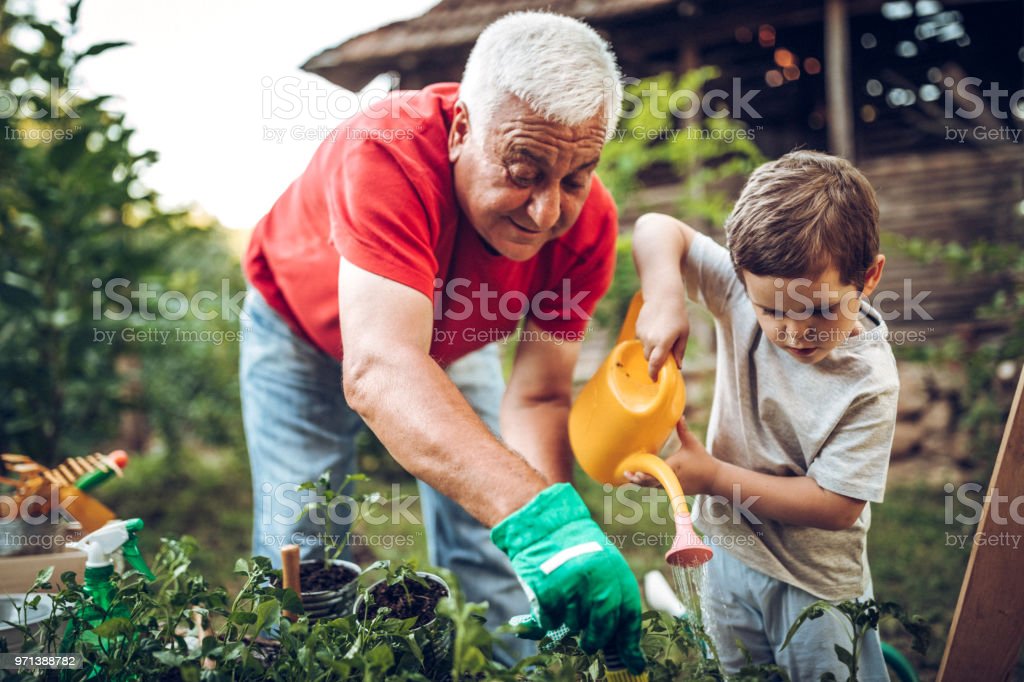
Proper care and maintenance are essential to growing a healthy and fruitful avocado plant. Here are some tips on caring for your avocado plant:
- Watering: Avocado plants need consistent moisture but do not like to be over-watered. Water the plant deeply but allow the soil to dry out slightly between waterings. Over-watering can lead to root rot and other problems.
- Fertilizing: Avocado plants require regular fertilization to promote growth and fruit production. Use a high-quality, balanced fertilizer formulated for citrus or avocado plants. Follow the package instructions for application rates and frequency.
- Sunlight: Avocado plants require plenty of sunlight to grow and thrive. They prefer bright, direct sunlight for at least 6 hours a day. If your plant is not getting enough sunlight, consider moving it to a brighter location or using artificial grow lights.
- Pruning: Regular pruning is important to shape and maintain the size of your avocado plant. Prune away any dead or damaged branches and cut back new growth to encourage branching and fuller growth.
- Pest control: Avocado plants can be susceptible to pests such as spider mites, thrips, and scale insects. Regularly inspect your plant for signs of pests and use an appropriate insecticide if necessary.
- Temperature and humidity: Avocado plants thrive in warm, humid environments. Keep the plant in a location where the temperature stays between 60-85°F (16-29°C) and humidity is around 50-60%.
Nurturing The Avocado Tree To Maturity
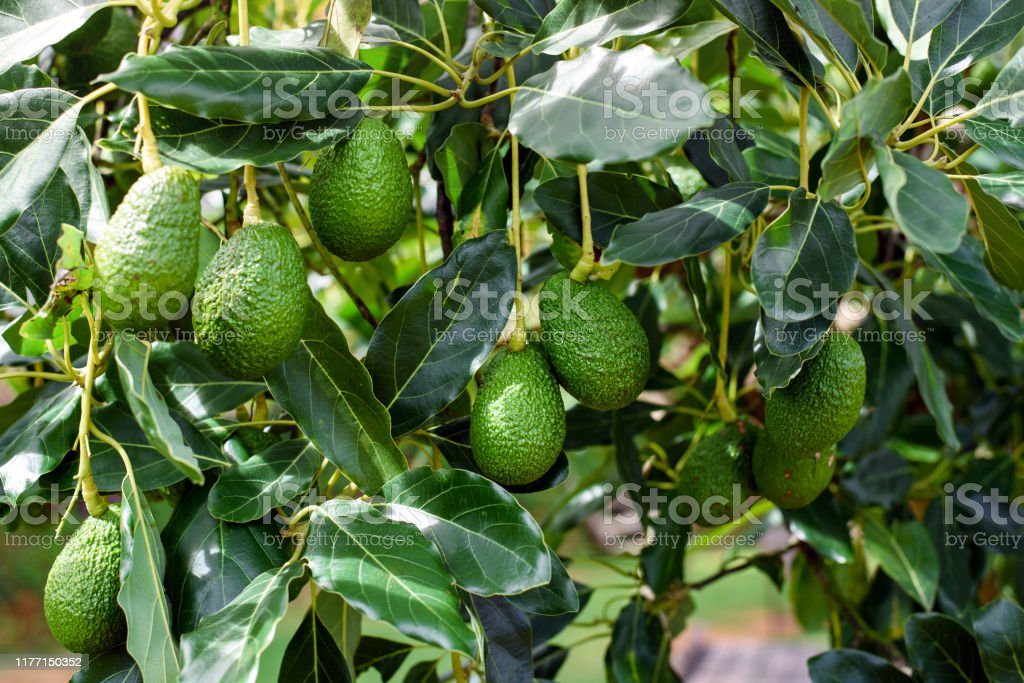
Nurturing an avocado tree to maturity takes time and patience, but it can be a rewarding process. Here are some tips on nurturing your avocado tree to maturity:
- Transplanting: As your avocado plant grows, it will need to be transplanted into larger pots to accommodate its growing size. Be careful not to damage the roots when transplanting and use a high-quality, well-draining soil mixture.
- Support: As the tree grows taller, it may need support to prevent it from toppling over. You can use stakes or tie it to a sturdy support structure.
- Pruning: Regular pruning is important to shape and maintain the size of your avocado tree. Prune away any dead or damaged branches and cut back new growth to encourage branching and fuller growth.
- Fertilizing: Avocado trees require regular fertilization to promote growth and fruit production. Use a high-quality, balanced fertilizer formulated for citrus or avocado plants. Follow the package instructions for application rates and frequency.
- Pollination: Avocado trees are not self-pollinating and require cross-pollination from another avocado tree to produce fruit. If you only have one avocado tree, consider planting a different variety nearby.
- Harvesting: Avocado trees typically take 3-5 years to bear fruit, and the fruit may take several months to ripen. When the fruit is mature, it will begin to soften and turn a darker color. Harvest the fruit by gently twisting and pulling it from the tree.
Tips For Successful Avocado Growing
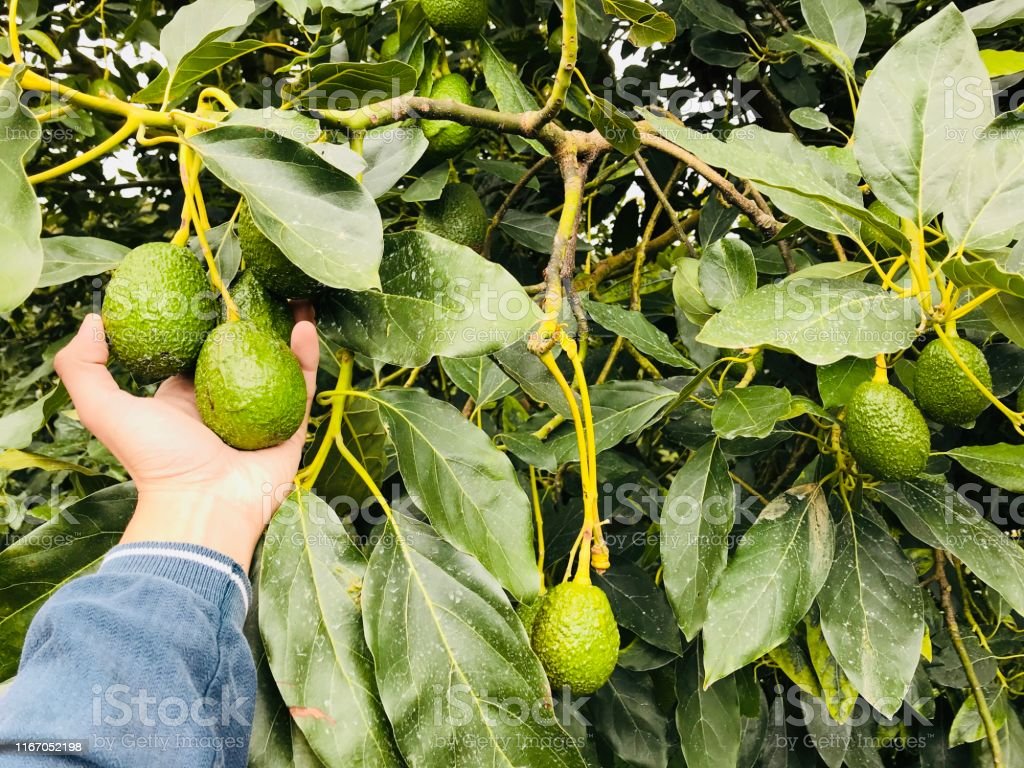
- Choose the right variety: Different varieties of avocado trees have different growth habits, fruit characteristics, and temperature and humidity requirements. Choose a variety that is well-suited for your climate and growing conditions.
- Use high-quality soil: Avocado trees require well-draining soil that is rich in organic matter. Use a high-quality potting mix or create your own soil mixture using compost, sand, and perlite.
- Provide adequate sunlight: Avocado trees require plenty of direct sunlight to grow and produce fruit. Choose a location for your tree that receives at least 6 hours of direct sunlight each day.
- Keep the soil moist: Avocado trees need consistent moisture, but they do not like to be over-watered. Water the tree deeply but allow the soil to dry out slightly between waterings.
- Fertilize regularly: Avocado trees require regular fertilization to promote growth and fruit production. Use a balanced fertilizer formulated for citrus or avocado plants, and follow the package instructions for application rates and frequency.
- Prune regularly: Regular pruning is important to shape and maintain the size of your avocado tree. Prune away any dead or damaged branches and cut back new growth to encourage branching and fuller growth.
- Protect from pests and diseases: Avocado trees can be susceptible to pests and diseases, such as spider mites, thrips, and root rot. Regularly inspect your tree for signs of pests and diseases, and use an appropriate insecticide or fungicide if necessary.
- Cross-pollinate for fruit production: Avocado trees are not self-pollinating and require cross-pollination from another avocado tree to produce fruit. If you only have one avocado tree, consider planting a different variety nearby.
Harvesting
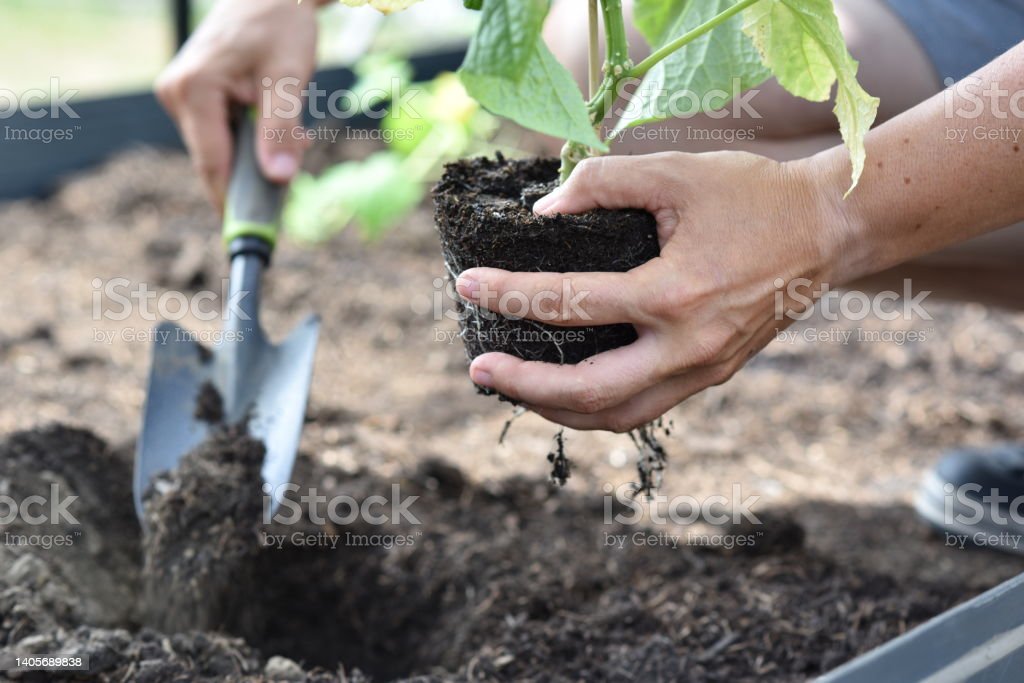
Avocado fruit typically takes several months to ripen on the tree. To determine if an avocado is ready for harvesting, gently squeeze the fruit. If it yields to gentle pressure, it is ripe and ready to harvest.
To harvest an avocado, gently twist and pull the fruit from the tree. Be careful not to damage the stem or the fruit, as this can lead to spoilage. Once harvested, avocados can be stored at room temperature until they ripen. To speed up the ripening process, place the avocados in a paper bag with an apple or banana. The ethylene gas released by the apple or banana will speed up the ripening process.
When the avocados are ripe, they can be sliced, mashed, or chopped for use in a variety of dishes, such as guacamole, salads, sandwiches, and smoothies. Avocados can also be used as a healthy substitute for butter or oil in baked goods.
Remember that avocado trees are prolific fruit producers, so you may end up with more avocados than you can eat. Consider sharing your harvest with friends and family or donating them to a local food bank.
Benefit Of Growing Avocado From Seed

- Cost-effective: Avocado trees can be expensive to purchase from nurseries, especially if you want a mature tree. Growing an avocado tree from seed is a cost-effective way to get started with avocado growing.
- Educational: Growing an avocado tree from seed can be a fun and educational project for children and adults alike. It provides an opportunity to learn about plant growth and care, as well as the science of germination.
- Sustainable: Growing your own avocado tree from seed is a sustainable way to produce your own food. It also reduces the need for transporting avocados long distances, which can help reduce your carbon footprint.
- Ornamental: Avocado trees are attractive plants that can add beauty and interest to your indoor or outdoor space. They have glossy, dark green leaves and can grow up to 30 feet tall if given the proper conditions.
- Productive: Avocado trees can produce a large number of fruits over their lifetime. By growing your own avocado tree from seed, you can enjoy the satisfaction of growing and harvesting your own fruit.
How To Sprout Your Avocado Pit
- Remove the pit: Cut an avocado in half and carefully remove the pit with a spoon. Be careful not to damage the pit, as this can affect germination.
- Clean the pit: Rinse the pit with water to remove any remaining fruit.
- Prepare the pit: Insert 3-4 toothpicks into the sides of the pit, about halfway down. The toothpicks should be spaced evenly around the pit.
- Suspend the pit: Fill a glass or jar with enough water to cover the bottom third of the avocado pit. Rest the toothpicks on the rim of the glass or jar, suspending the pit in the water.
- Place in a warm location: Place the glass or jar in a warm, sunny location. Avocado pits require warmth and moisture to germinate, so choose a spot that gets plenty of sunlight and warmth.
- Change the water regularly: Change the water every few days to prevent mold or bacteria from forming.
- Wait for germination: After a few weeks, you should see a crack in the pit and a small root emerging from the bottom. Once the root is about 2-3 inches long, you can transplant the pit into soil.
Growing Avocado Trees In Different Climates And Regions
- Warm climates: Avocado trees thrive in warm climates with temperatures between 60°F and 85°F (15°C and 30°C). They require full sun and well-draining soil.
- Cold climates: Avocado trees can tolerate some cold weather, but they are sensitive to frost. If you live in a colder climate, look for cold-hardy avocado varieties, such as the Mexican avocado, which can tolerate temperatures down to 20°F (-6°C).
- Dry climates: Avocado trees require regular watering, so they may not be suitable for very dry climates. However, they can be grown successfully in desert regions if they are provided with enough water.
- Humid climates: Avocado trees can be grown in humid climates, but they are susceptible to fungal diseases. Make sure the soil is well-draining, and avoid over-watering the tree.
- Coastal climates: Avocado trees can do well in coastal climates, but they may require protection from salt spray and strong winds.
- High-altitude climates: Avocado trees can be grown at high altitudes, but they may require additional protection from cold weather and strong winds.
In general, avocado trees require well-draining soil, regular watering, and full sun to thrive. By selecting the right variety for your climate and providing the tree with proper care, you can successfully grow avocado trees in many different regions.
FAQ
1. How long does it take for an avocado seed to sprout?
It can take anywhere from 2-8 weeks for an avocado seed to sprout, depending on various factors such as temperature and seed quality.
2. Can I grow an avocado tree from store-bought fruit?
Yes, you can grow an avocado tree from a store-bought fruit. However, keep in mind that store-bought avocados are often treated with chemicals to prevent sprouting, so it may take longer for the seed to germinate.
3. When is the best time to plant an avocado seed?
Avocado seeds can be planted at any time of year, but they may germinate more quickly during the warmer months.
4. Do avocado trees require a lot of water?
Avocado trees require regular watering, but they are sensitive to over-watering. Make sure the soil is well-draining, and water the tree deeply but infrequently.
5. Can I plant an avocado seed directly in the ground?
Yes, you can plant an avocado seed directly in the ground if you live in a warm climate. However, it may be easier to start the seed indoors and transplant the seedling once it has grown a bit.
Conclusion
Growing avocado from seed is a fun and rewarding experience that can result in a beautiful and productive tree. While it may take some time and effort to nurture the tree to maturity, the end result is delicious, nutrient-rich fruit that can be enjoyed for years to come. By following the proper steps for preparing and planting the seed, providing proper care, and selecting the right variety for your climate, you can successfully grow avocado trees in a variety of regions and climates. With a little patience and attention, you can enjoy the benefits of growing your own avocado tree from seed.

1 thought on “Growing Avocado From Seed”